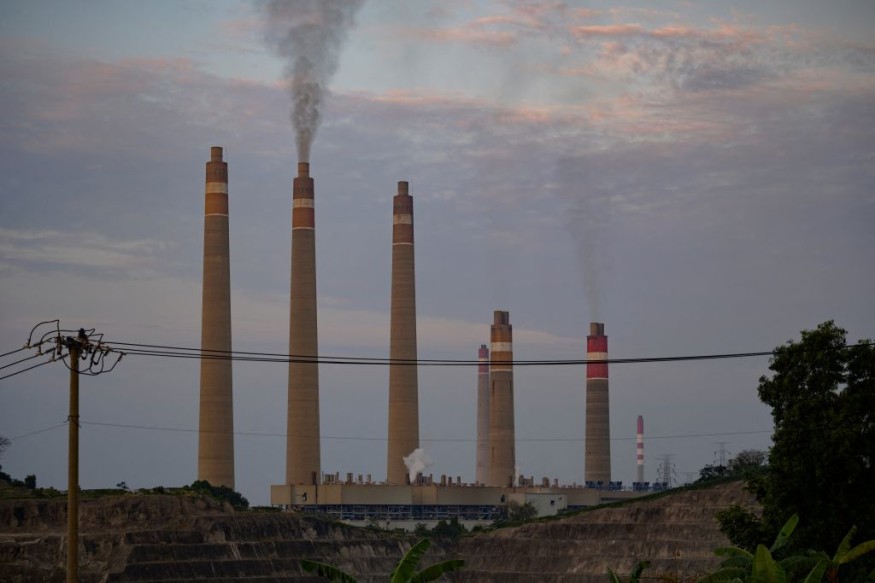Researchers at the University of Delaware said a soft drink can-sized devices could be a "major breakthrough" in CO2 capture.
Engineers have proven a technique to successfully seize 99% of carbon dioxide from the air through the usage of a unique electrochemical device powered by hydrogen.
Technology for cell fuel efficiency

The chair of Chemical and Biomolecular Engineering at the University of Delaware, Yushan Yan, and Henry Belin du Pont has been working for some time to improve hydroxide exchange membrane (HEM) fuel cells, which are economical and environmentally friendly alternative to conventional acid-based fuel cells in use today.
However, HEM fuel cells have the disadvantage of not being able to use them on the road due to xtremely sensitive to carbon dioxide in the air.
Carbon dioxide makes it difficult for HEM fuel cells to breathe, according to ScienceDaily.
Assistant professor for research in chemical and biomolecular engineering at the University of Delaware and paper co-author Brian Setzler said: "Once we dug into the mechanism, we realized the fuel cells were capturing just about every bit of carbon dioxide that came into them, and they were good at separating it to the other side."
Although not suited for fuel cells, the team knew that if this built-in "self-cleaning" process could be used in a separate unit upstream of the fuel cell stack, it could turn it into a carbon dioxide separator.
"Our approach seems to be very effective. With the right design and construction, 99% of the carbon dioxide in the air can be captured in a single pass," Yushan Yan stated via Yahoo News.
Read more: Overcoming a bottleneck in carbon dioxide conversion
How did they do it?
The approach involved internally short-circuiting the device as a way to embed the power source for the electrochemical technology inside the separation membrane.
A doctoral candidate Yan's group and the paper's lead author Lin Shi said that, "It's risky, but we managed to control this short-circuited fuel cell by hydrogen. And by using this internal electrically shorted membrane, we were able to get rid of the bulky components, such as bipolar plates, current collectors or any electrical wires typically found in a fuel cell stack."
The team has an electrochemical device that looks like a conventional filter membrane designed to separate gases but can continuously capture small amounts of carbon dioxide from the air like more complex electrochemical systems.
As per Yahoo News, it also enabled the team to construct a compact, spiral module with a large surface area in a small volume.
In other words, they now have a smaller package capable of filtering greater quantities of air at a time, making it both effective and cost-effective for fuel cell applications.
Meanwhile, fewer components mean less costs and, more importantly, provided a way to easily scale up for the market.
According to Shi, since the chemistry system is power-driven by the chemical element the hydrogen economy develops, this electrochemical device may even be employed in airplanes and buildings, or wherever air recirculation is desired as an energy-saving measure.
Later this month, following his thesis defense, Shi will be part of Versogen, a UD spinoff company founded by Yan, to continue advancing analysis toward sustainable green hydrogen.
Related Article: Digital solutions are key to a sustainable, hydrogen economy
© 2025 NatureWorldNews.com All rights reserved. Do not reproduce without permission.





